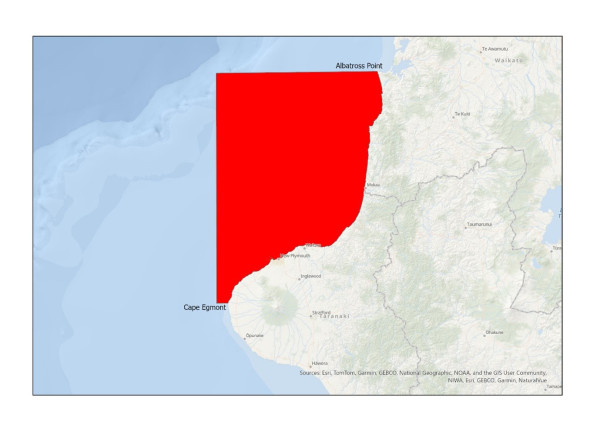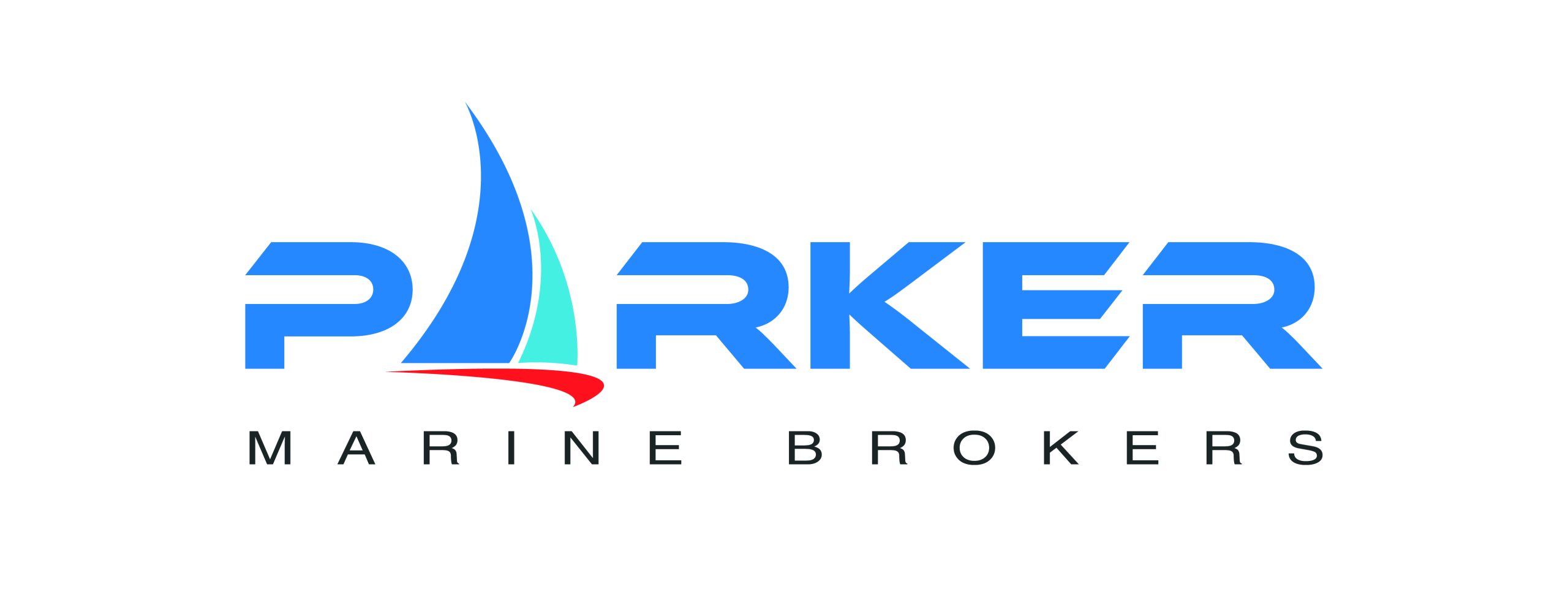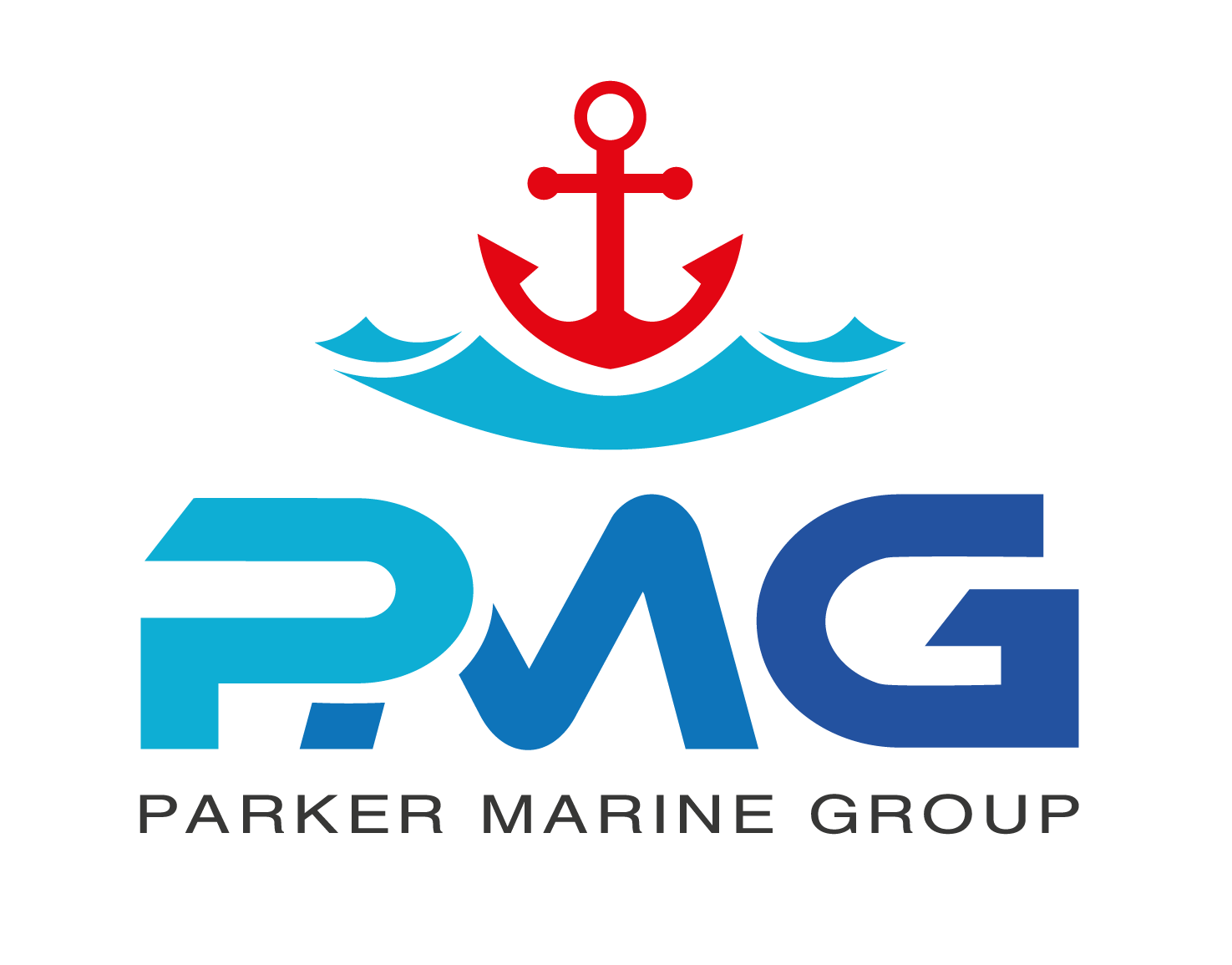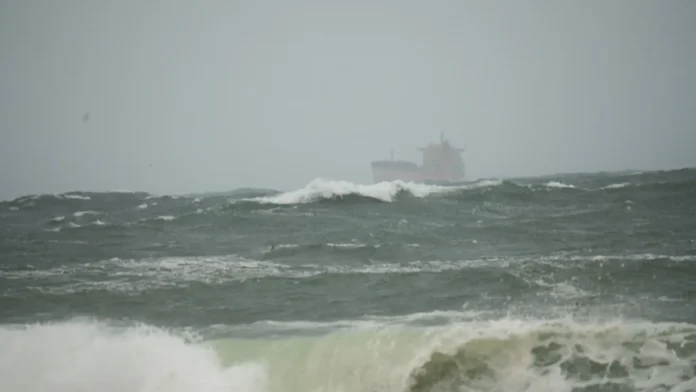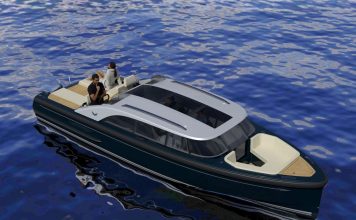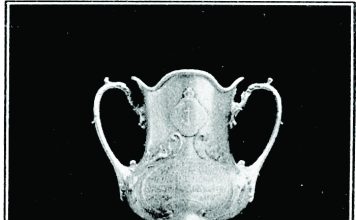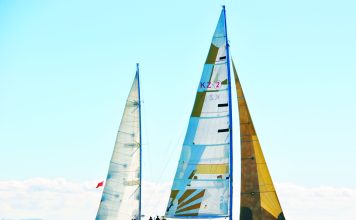Toxin levels exceed the safety limit
Routine testing by New Zealand Food Safety found paralytic shellfish toxins (PSP) in shellfish samples from Pukearuhe, north Taranaki, at levels exceeding the safe limit of 0.8 mg/kg.
The affected coastline runs from Cape Egmont north to Albatross Point near Kawhia. Regular testing will continue, and the public will be advised when it is safe to collect shellfish again.
What is paralytic shellfish poisoning (PSP)?
PSP occurs when shellfish feed on microscopic algae that produce saxitoxins, which build up in their flesh. These toxins attack the human nervous system and are not destroyed by heat or cooking.
Even small amounts can cause serious illness. Symptoms usually appear within 10 minutes to 3 hours of eating contaminated shellfish and may include:
- Tingling or numbness around the mouth, lips, hands, and feet
- Dizziness and headache
- Nausea, vomiting, and diarrhoea
- Difficulty swallowing or breathing
- In severe cases, paralysis and respiratory failure.
If you or someone you know becomes ill after eating shellfish, phone Healthline (0800 61 11 16) or seek immediate medical help. Keep any leftover shellfish so it can be tested by authorities.
Why it happens
Bivalve shellfish such as mussels, oysters, tuatua, and scallops filter hundreds of litres of seawater a day, feeding on phytoplankton (microscopic algae). When these algae are toxic, particularly Alexandrium pacificum, Alexandrium minutum and Gymnodinium catenatum, the toxins accumulate in the shellfish. Humans eating these shellfish can then become poisoned.
Because toxins concentrate in the shellfish gut and digestive tissue, species such as pāua, crab, and crayfish are only safe if the gut is fully removed before cooking.
Commercial shellfish remain safe
The current warning applies only to recreationally gathered shellfish. Shellfish sold through shops, supermarkets, or restaurants remain safe to eat. Commercial growers operate under strict water and flesh monitoring programmes, and harvesting areas are closed immediately if toxin levels rise.








